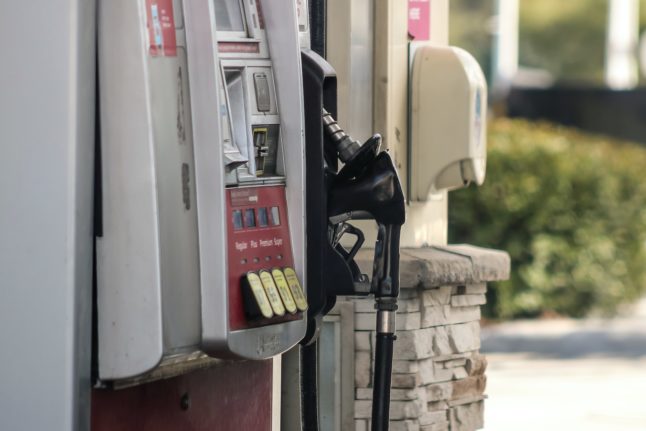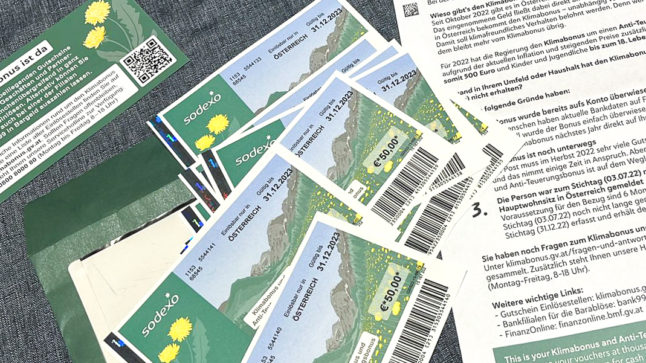Austrian motor associations have already warned people to expect long lines at fuel stations ahead of October. This is because, from October 1st, the new CO2 tax will come into effect in the country, making fuel prices soar – again.
People filling up their tanks in Austria can expect the price of a litre of diesel (including VAT) to rise by € 0.099 and petrol by € 0.086, according to calculations made by the Austrian Institute of Economic Research (WIFO).
READ ALSO: ‘Mission 11’: Austrian government reveals tips on how to save energy and fuel
The difference in price increases is because the new CO2 tax of €30 per tonne has a more significant impact on diesel compared to petrol due to the higher CO2 content in diesel.
Fuel prices had already been on the rise since Russia’s invasion of Ukraine, as The Local reported. And the prices have risen more steeply in the Alpine country, which hasn’t put any price cap or lowered taxes, plus suffered with a damaged oil refinery in Lower Austria affecting supply.
The increases have contributed to growing inflation in Austria, which will reach double-digit in September, according to Statistic Austria.
READ ALSO: EXPLAINED: Why are fuel prices increasing faster in Austria than elsewhere in the EU?
The CO2 tax
The CO2 tax is part of Austria’s eco-social tax reform presented in 2021. CO2 emissions would be taxed at €30 per ton, making things like carbon-based fuel and heating more expensive in the country.
The reform brought in the “climate bonus” payment to compensate residents for the financial burden of the CO2 tax. The one-off bonus for Austrian residents would depend on the person’s place of residence and its connection to the public transport network.
This year, due to the rising inflation, the Klimabonus was set at €250 for everyone who lives in Austria, and a €250 “anti-inflation” payment was added to the one-off payout.
READ ALSO: Reader question: What should I do if I haven’t received Austrian government’s €500 payment?



 Please whitelist us to continue reading.
Please whitelist us to continue reading.
Member comments